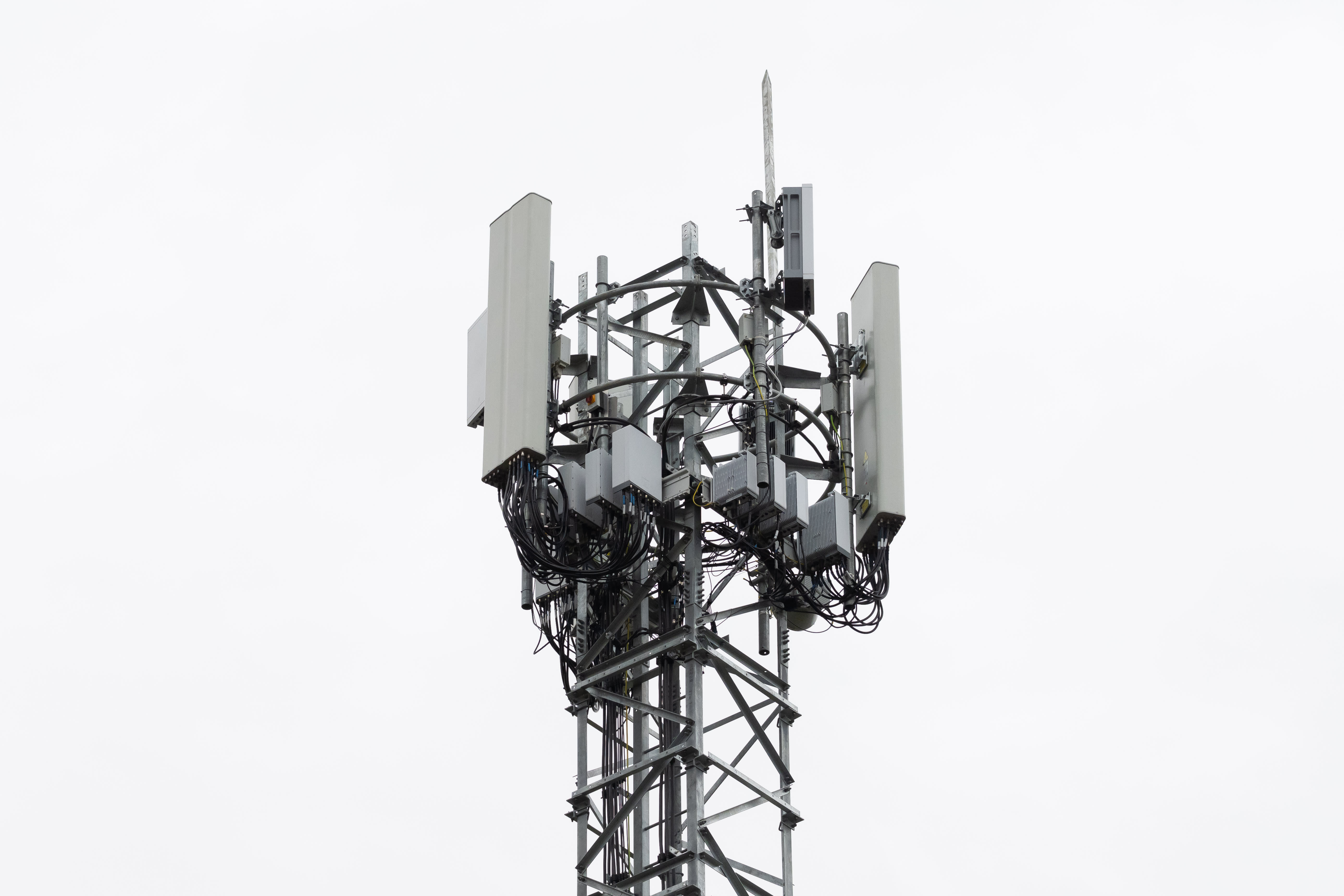What lengths Should I Keep Coming from a 5G Portable Tower?

When you? ve ever before strolled via a city, you may have spotted small micro 5G cell towers on street light-weight poles. These look like small packing containers, but they? re also really transmitting cordless signals from mobile carriers to your phone.
These smaller, purpose-built cell podiums are replacing bigger, purpose-built ones. https://anotepad.com/notes/irife8kq , they may nevertheless pose issues for individuals.
The particular FCC? s The radiation Exposure Thresholds
Typically the Radiation Exposure Thresholds of the FCC establish the secure distance from which in turn a person might be exposed to electromagnetic radiation from wireless devices. The coverage limitations are structured on scientific facts indicating that RF energy may get hazardous to human health.
The specific intake rate (SAR) quantifies the radiofrequency vitality absorbed by tissue. It is normally 1. 6 m per kilogram, averaged across one gram of tissue.

However, since 5g sends at higher frequencies, it may stimulate more energy power for the skin and even other immediately subjected body parts. This may result in some sort of variety of achievable consequences, such as the accelerated growth of skin health problems such as dermatitis, skin cancer, plus cataracts.
Due of the potentially extreme consequences of 5g radiation, PSU provides opted to can charge a general localized power density constraint of 4 mW/cm2 averaged over 1 cm2, and not to exceed 35 minutes, for those 5G services at 3000 GHz. This restricted limit is regular with the maximal spatial-average SAR associated with 1. 6 W/kg averaged across 1 g of cells at 6 GHz.
The FCC? s i9000 Maximum Exposure Thresholds
If you've actually used a cellular phone, a person surely be aware that an individual must be at least 400 meters away from the tower for basic safety. safe distance to live from cell phone tower is owing to the fact that the transmitting strength of any mobile tower grows greatly with distance.
When this may seem just like a wonderful thought, truth be told that those living all around towers may be extra prone to health and fitness issues. A 2014 research in India, for instance, indicated that persons which resided within 50 meters of portable towers had greater health concerns than those who existed farther away.
However, this research also revealed that symptoms returned to standard in a few days and nights for persons that relocated to places distant from cellular towers. Several research have indicated that will exposure to large degrees of radiofrequency electromagnetic fields (EMFs) may possibly induce cancer, head tumors, and some other health concerns.
RF radiation, which is used in cordless communication, may sink into the outermost coating of the body of a human, the skin. Typically the skin functions while a protective barrier against mechanical damage, infection by pathogenic bacteria, and the admission of dangerous chemicals. It will be responsible for protecting the integrity regarding other organs and it is the biggest appendage within the human entire body.
Minimum Exposure Thresholds of the FCC
The FCC's Minimum amount Exposure Thresholds depend on a number involving unsupported scientific presumptions. They add the wrong notion that short-term exposures to RF radiation are safe outstanding to low sexual penetration into the physique (i. e., muscle heating) (i. elizabeth., tissue heating).
In addition, the assumption disregards the deeper penetration from the ELF pieces of modulated RF signals and the effect of brief heat bursts from pulsed RF waves. These kinds of assumptions tend not to align with the current knowledge of the biological effects involving RF radiation; therefore, they should not have to get utilized to set up health-protective exposure limitations.
Additionally , http://b3.zcubes.com/v.aspx?mid=11174236 and FCC restrict their maximum publicity limits to local peak SARs centered on the peak spatial specific consumption rate (psSAR), which can be an insufficient dosimetric technique for assessing the degree of RF rays exposure. Specifically, psSAR is incorrect at frequencies greater compared to 6 GHz. In addition, psSAR will not be investigated for RF rays with co-exposure to other environmental factors such as the sun. Interactions between radiofrequency (RF) radiation and other environmental factors may have antagonistic or synergistic effects. This would increase the likelihood of hazardous health outcomes. Co-exposure to RF radiation and sunshine, intended for instance, may enhance the risk of epidermis cancer and intensify other skin circumstances, such as acne.
